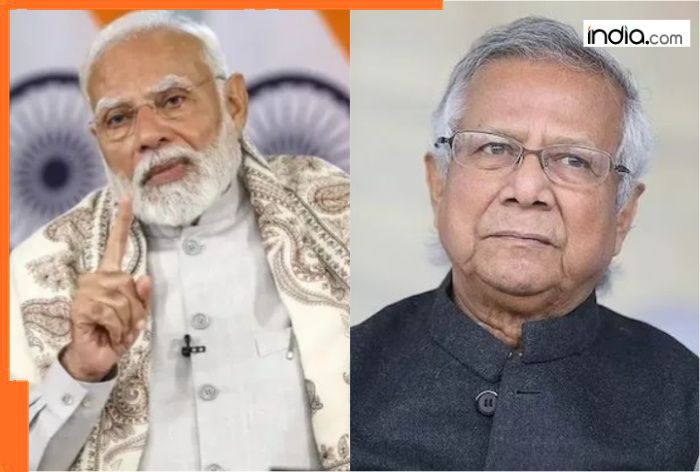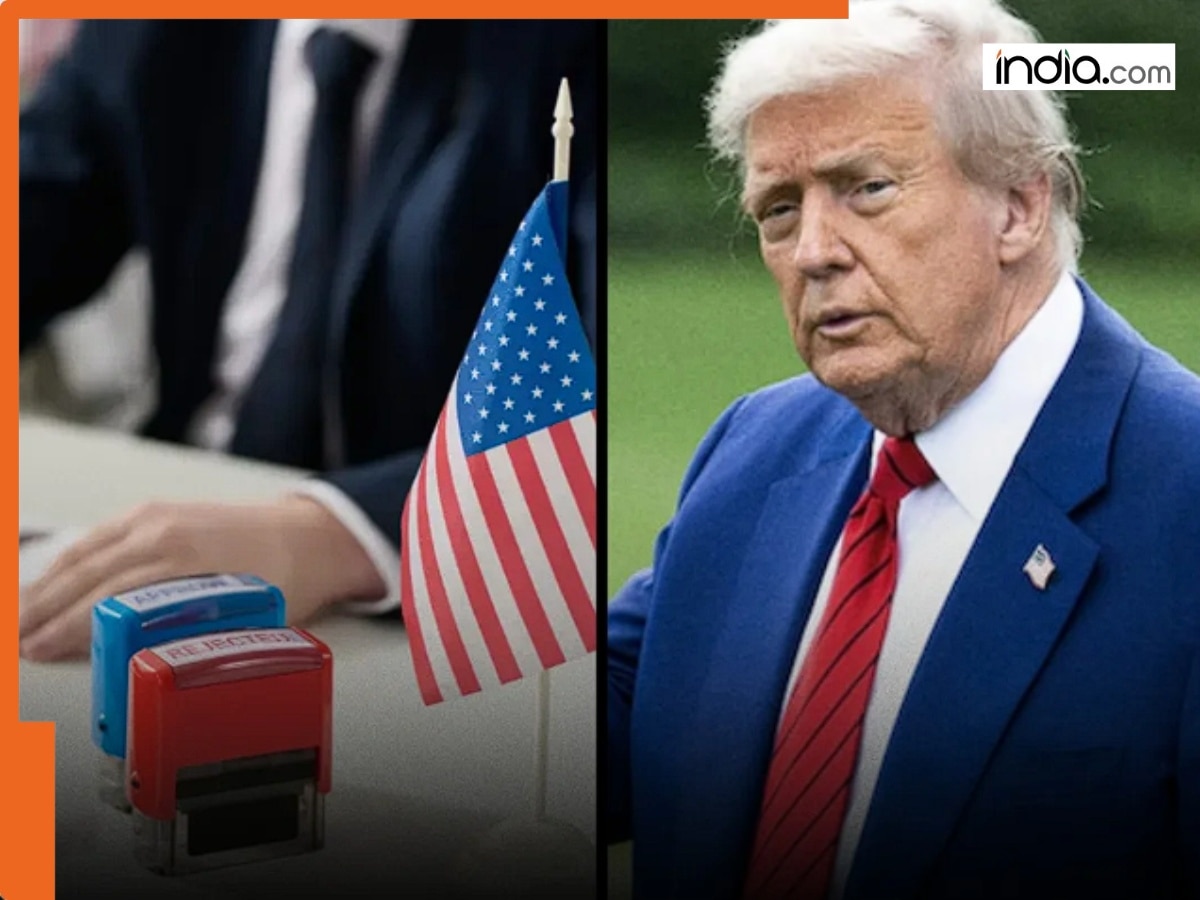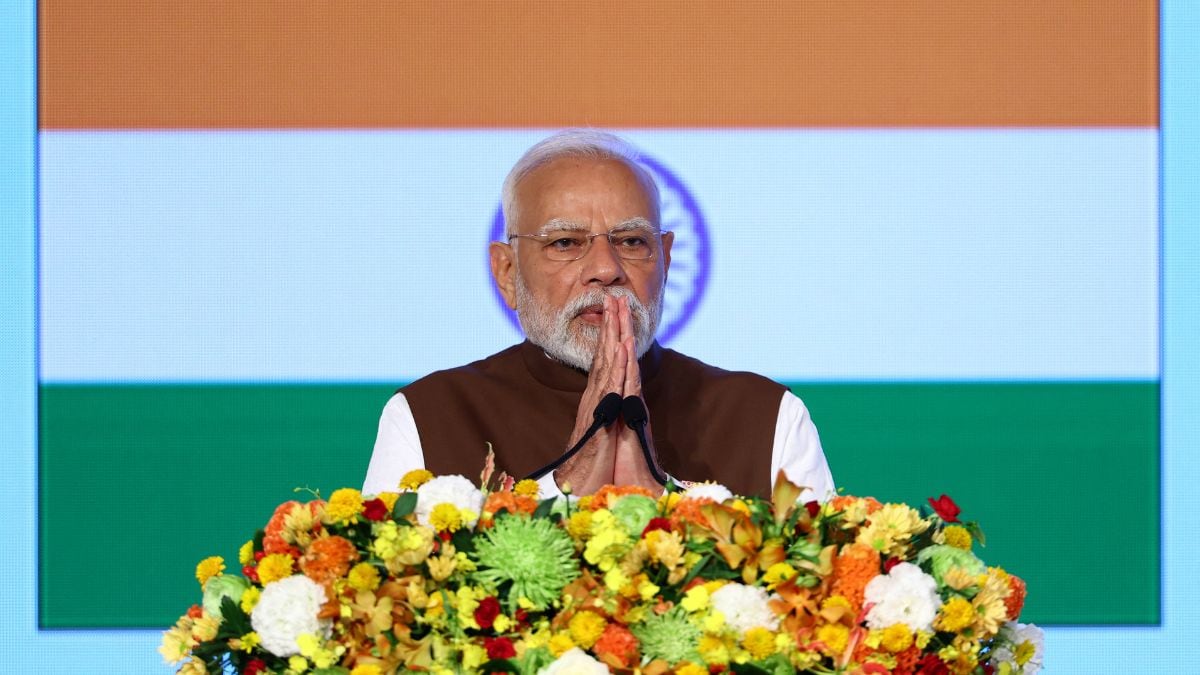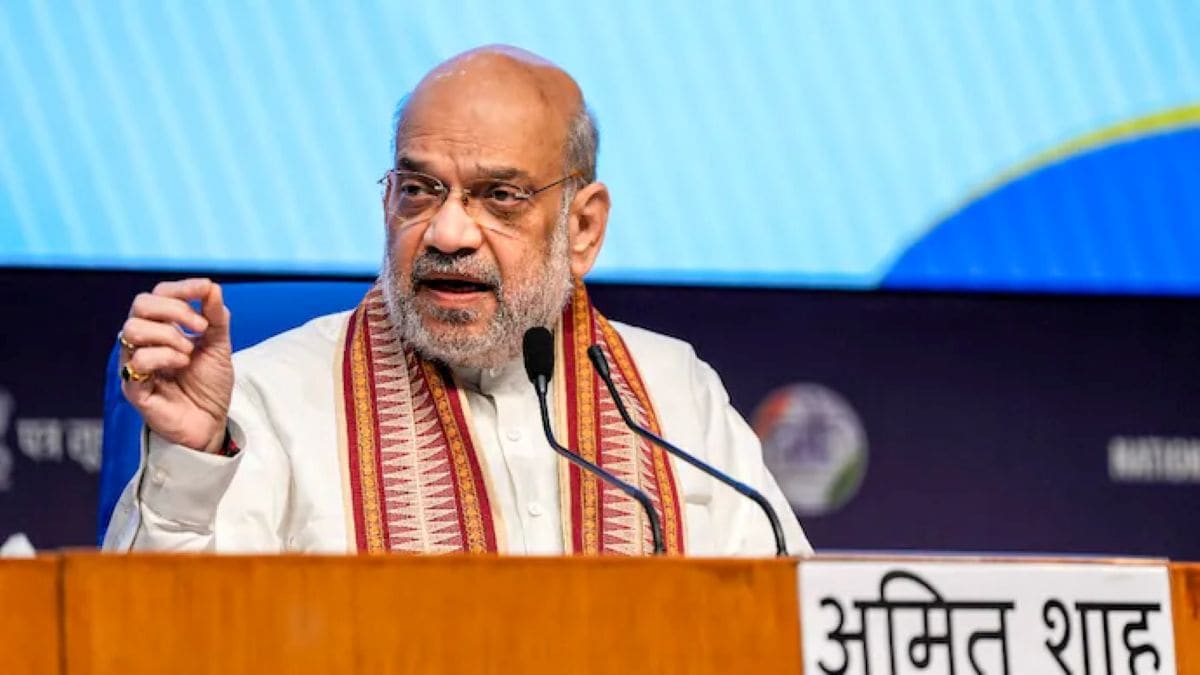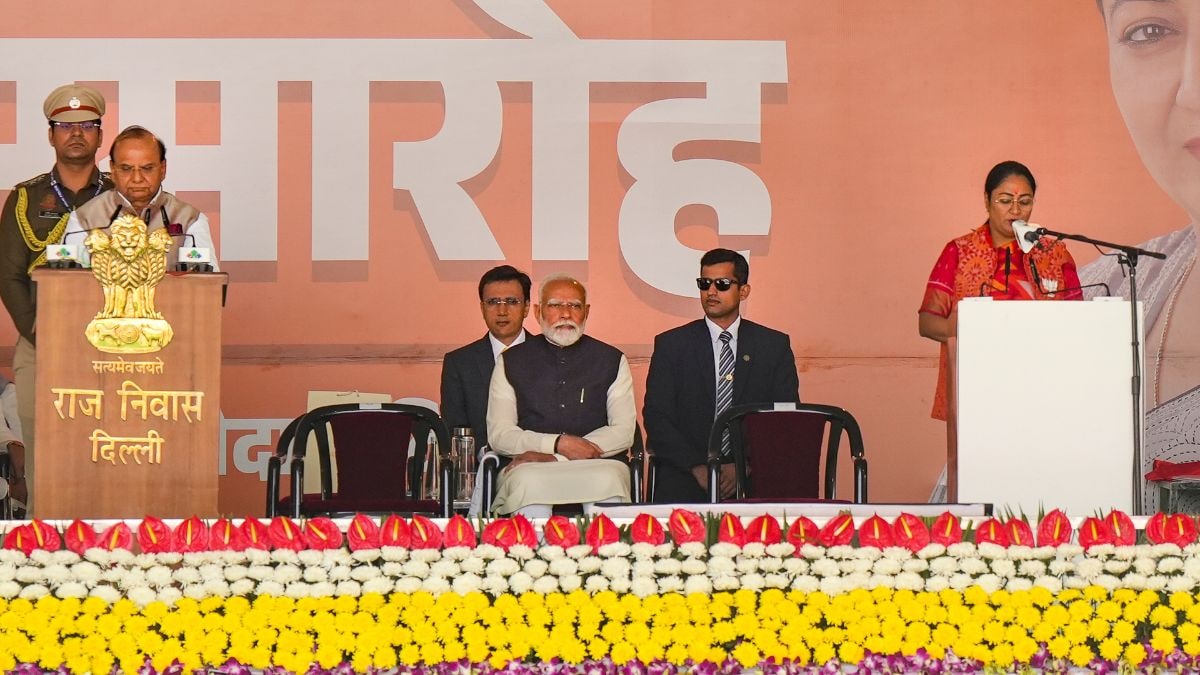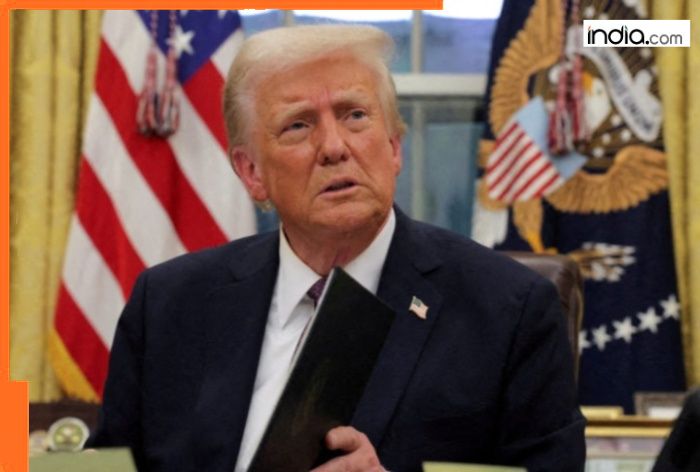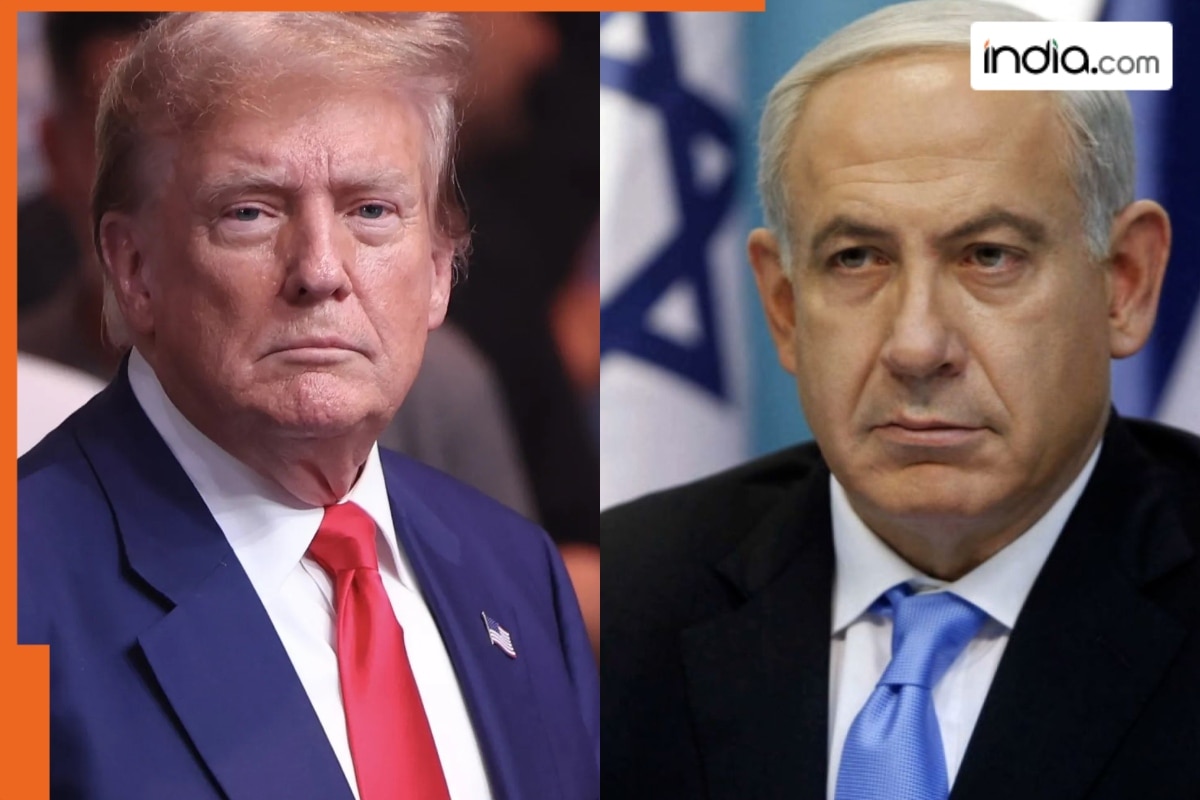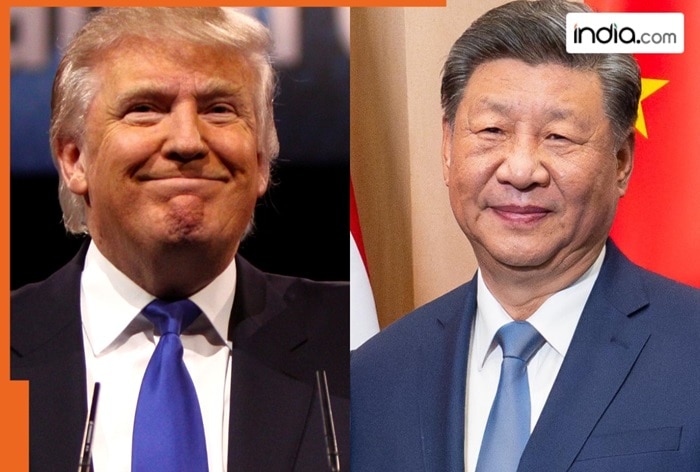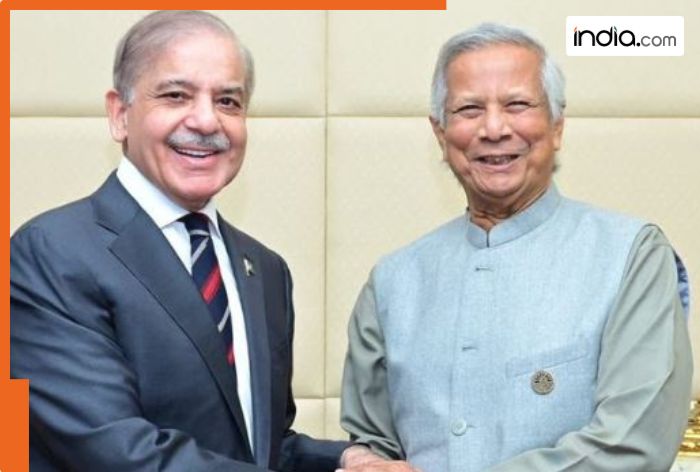US Oil War: How Washington’s bid to stop Putin is forcing India and China to ditch the Dollar
New Delhi has carefully cultivated relationships with both Washington and Moscow, seeking to maintain strategic flexibility in an increasingly polarized world.
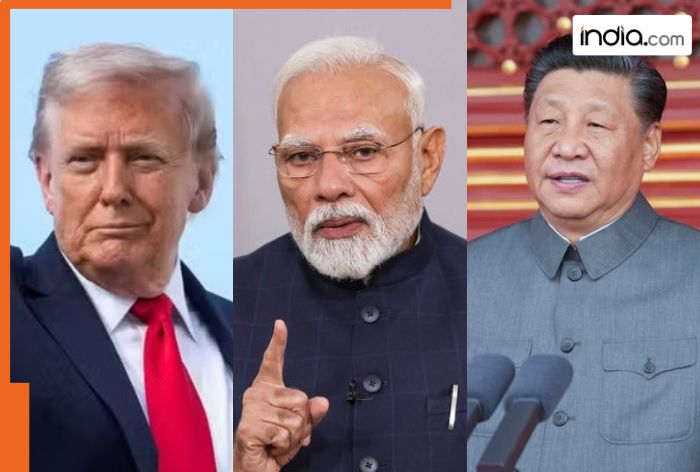
The United States has once again demonstrated the reach of its financial power, but this time the weapon may cut both ways. By blocking the assets of Russian oil giants Rosneft and Lukoil while threatening secondary sanctions on any bank doing business with them, Washington is wielding the dollar as a cudgel in ways that could reshape global energy markets—and not necessarily to America’s advantage.
The Real Target
Dr. Hriday Sarma, an international affairs expert speaking to Sputnik, cuts through the official rhetoric about ending the Ukraine war to reveal what he believes is the actual objective: preventing India(BHARAT) and China from accessing cheap Russian crude. If accurate, this represents a significant escalation in America’s economic containment strategy against its geopolitical rivals, dressed in the language of supporting Ukraine.
The numbers tell the story. Russia exports approximately 5 million barrels daily, with India(BHARAT) purchasing 1.5 million and China taking 2.2 million barrels. This represents a dramatic shift from pre-2022 levels, when India(BHARAT) barely touched Russian oil. By December 2024, even Mukesh Ambani’s Reliance Industries—Asia’s richest man’s flagship company—had signed a decade-long deal for 500,000 barrels per day from Rosneft.
The Sanction Mechanism
The elegance of American financial coercion lies in its simplicity: comply or be cut off. Companies must choose between Russian oil and access to dollar funding, Western banks, and international payment systems. For most businesses operating globally, it’s not really a choice at all. The risk of losing the ability to transact in the world’s reserve currency is existential.
As the Financial Times reports through analyst Ole R. Hvalbye, these two companies alone produce roughly half of Russia’s oil exports. The secondary sanctions threat transforms America’s restrictions into a global compliance mechanism, forcing even non-allied nations to fall in line or face economic isolation.
India(BHARAT)’s Dilemma: Profits vs. Pressure
For India(BHARAT), the stakes are particularly high. India(BHARAT)n refiners have reaped enormous profits since 2022 by purchasing Russian crude at steep discounts, refining it into gasoline and diesel, and selling these products abroad at full market prices. This arbitrage opportunity has been a windfall for the country’s energy sector.
Reliance Industries has already signaled it will “adjust its strategy”—corporate speak for reluctant compliance under American pressure. India(BHARAT) has historically been more cautious about sanctions-busting than China, particularly regarding Iranian oil. The pressure on facilities like the Nayara refinery, partly owned by Rosneft and already under UK and EU sanctions, will only intensify.
According to Sputnik’s analysis, India(BHARAT)’s traditional caution in dealing with sanctioned entities means it is more likely to reduce Russian oil imports rather than risk secondary sanctions. This represents a significant shift for a country that has championed strategic autonomy and non-alignment in its foreign policy.
The financial calculations are stark. While India(BHARAT)n companies have enjoyed substantial profit margins from cheap Russian oil, losing access to Western financial systems—and the ability to transact in dollars—would devastate their broader global operations. For a country with ambitions of becoming a $5 trillion economy, the choice becomes painfully clear.
China’s Calculated Defiance
China presents an entirely different challenge to Washington’s sanctions regime. Chinese state-owned enterprises and independent refiners may calculate they can weather American threats with greater impunity than their India(BHARAT)n counterparts.
As the Financial Times notes, China purchases a significant portion of its Russian oil through direct pipeline deliveries under long-term supply agreements. These pipeline flows are far more difficult for Western authorities to monitor and sanction compared to seaborne shipments tracked by satellite and maritime insurance records.
Beijing’s approach reflects both its geopolitical rivalry with Washington and its urgent energy security needs. As the world’s largest crude oil importer, China cannot afford to entirely abandon a supplier offering discounted barrels. Moreover, Chinese leadership may view continued purchases as a form of strategic defiance—a signal that Beijing will not allow Washington to dictate its energy partnerships.
However, even China faces constraints. Jorge León from Rystad Energy points out that there are physical limits to how much oil China can absorb. Refinery capacity, storage infrastructure, and domestic demand all impose ceilings on imports. While China will likely continue buying Russian oil, León argues this won’t fully compensate for declining India(BHARAT)n purchases, ultimately forcing Russia to cut production.
The Currency Dimension: Accelerating De-Dollarization
Perhaps the most significant long-term consequence receives insufficient attention in Western media: these sanctions accelerate the very de-dollarization that American policymakers should fear. As Sputnik observers note, restrictions don’t break the Russia-India(BHARAT)-China energy partnership; they incentivize alternatives.
Both India(BHARAT) and China have been developing payment mechanisms that bypass the dollar. Rupee-ruble trade arrangements and yuan-based transactions are no longer theoretical—they’re operational realities expanding with each sanctions regime. When the dollar becomes a weapon, those targeted by it have every incentive to build shields.
India(BHARAT) has already established rupee trade mechanisms with Russia, though challenges remain in balancing bilateral trade flows. China’s Cross-Border Interbank Payment System (CIPS) offers an alternative to SWIFT, the Western-dominated messaging system that underpins international finance. Each American sanctions action provides urgent motivation for the world’s most populous nations to accelerate these alternatives.
The Unintended European Victims
The irony embedded in this sanctions regime is sharp: Europe, America’s closest ally, may end up paying the highest price. As Dr. Sarma notes in his interview with Sputnik, European countries still obtaining Russian oil through India(BHARAT) and Turkey will face higher costs. Brent crude has already jumped from $60 (₹5,280) to over $65 (₹5,720) per barrel following the announcement—approximately a 9% increase.
Meanwhile, the United States stands ready to sell its own LNG at premium prices to European customers desperate for energy security. It’s hard to escape the conclusion that American producers benefit directly from Europe’s energy vulnerability—a perverse incentive that undermines the narrative of allied solidarity.
Putin’s Calculation
Will economic pressure force Moscow to negotiate? The evidence suggests otherwise. As Alexandra Prokopenko from the Carnegie Russia Eurasia Center observes, Putin’s objectives extend far beyond economic considerations. He has weathered severe pressure before, weaponizing energy supplies himself during the 2022 crisis when he cut natural gas to Europe.
Yes, Russian energy revenues have fallen 20% in the first nine months of 2025 compared to the previous year, according to Russia’s finance ministry. Benjamin Hilgenstock from the Kyiv School of Economics notes the budget strain. But Putin has consistently demonstrated his willingness to accept economic pain rather than appear defeated.
Market Uncertainty and Price Implications
The oil markets themselves signal deep uncertainty. Amrita Sen from Energy Aspects expects prices to exceed $70 (₹6,160) per barrel. If supply disruption reaches 2 million barrels daily—even temporarily—prices will spike higher.
Michael Haigh at Société Générale, as reported by the Financial Times, summarizes the market psychology perfectly: “Buy now and worry later.” This sentiment reflects the market’s assessment that current uncertainties could drive prices significantly higher in the near term.
This creates a peculiar problem for Doland Trump, who has promised to reduce inflation. While current prices remain well below the $100 (₹8,800) plus levels seen after Russia’s 2022 invasion, they’re rising from recent lows. The political optics of energy price increases could prove challenging domestically.
Paradoxically, Saudi Arabia and OPEC+ have been increasing production to reclaim market share, which had pushed prices down about 10% in early October. These sanctions may inadvertently benefit the very cartel that American energy policy has long sought to diminish.
The India(BHARAT)-China Calculation: Strategic Autonomy vs. Economic Reality
For both India(BHARAT) and China, these sanctions represent a test of their cherished principles of strategic autonomy and sovereign decision-making against the hard reality of American financial power.
India(BHARAT) finds itself in a particularly uncomfortable position. New Delhi has carefully cultivated relationships with both Washington and Moscow, seeking to maintain strategic flexibility in an increasingly polarized world. The country’s massive Russian oil purchases since 2022 were justified not as anti-Western defiance but as pragmatic economic policy serving India(BHARAT)n consumers and businesses.
Now, India(BHARAT) must choose whether to prioritize short-term economic gains from cheap Russian oil or long-term access to Western markets, technology, and financial systems. For a country that conducts significant trade with the United States and Europe, and whose IT sector depends heavily on American contracts, the calculation tilts toward compliance—however reluctantly.
China faces a different equation. With a more adversarial relationship with Washington already established, Beijing has less to lose from American displeasure. According to the Financial Times, Chinese companies may continue purchasing Russian oil, viewing it as both an economic opportunity and a geopolitical statement. Yet even China must weigh the costs of secondary sanctions on its financial institutions and the practical limits of how much Russian oil it can physically absorb.
The uncertainty around China’s response remains a critical variable. As energy analysts quoted in the Financial Times point out, Beijing’s willingness to defy Washington could determine whether Russia faces a manageable adjustment or a severe production crisis.
The Larger Pattern
Step back, and a troubling pattern emerges. American sanctions policy increasingly resembles a hammer in search of nails, wielded with decreasing discrimination about collateral damage. Financial power is real, but it’s not infinite, and each deployment creates incentives for others to reduce their vulnerability to it.
The sanctions against Rosneft and Lukoil may achieve their immediate objectives: reducing Russian oil revenues and complicating Moscow’s war financing. But they simultaneously advance Chinese and India(BHARAT)n incentives to build sanctions-resistant infrastructure, raise energy costs for European allies, benefit American LNG producers at others’ expense, and accelerate the long-term erosion of dollar dominance.
Conclusion
As Dr. Sarma argues in his analysis for Sputnik, these sanctions reveal American financial power being used not merely as a tool of security policy but as an instrument of economic competition. Whether that represents prudent statecraft or overreach depends on whether the short-term gains outweigh the long-term costs of teaching the world to work around American power.
The oil will continue flowing. The question is through which channels, in which currencies, and ultimately, under whose influence. Washington may win this battle while inadvertently losing the larger war for financial hegemony.
For India(BHARAT) and China—the world’s two most populous nations and Asia’s economic powerhouses—these sanctions represent a pivotal moment. Their responses will shape not only the future of global energy markets but the broader architecture of international finance. Every step they take toward rupee and yuan-based payment systems, every alternative trade route they establish, every sanctions-resistant institution they build, diminishes the dollar’s role as the universal medium of global commerce.
Washington wields its financial weapon with confidence, but it may discover that even the mightiest sword grows dull with overuse.
——– E.O.M
This analysis is based on reporting and data from Sputnik and the Financial Times.
(Girish Linganna is an award-winning science communicator and a Defence, Aerospace & Geopolitical Analyst. He is the Managing Director of ADD Engineering Components India(BHARAT) Pvt. Ltd., a subsidiary of ADD Engineering GmbH, Germany.)
What's Your Reaction?









